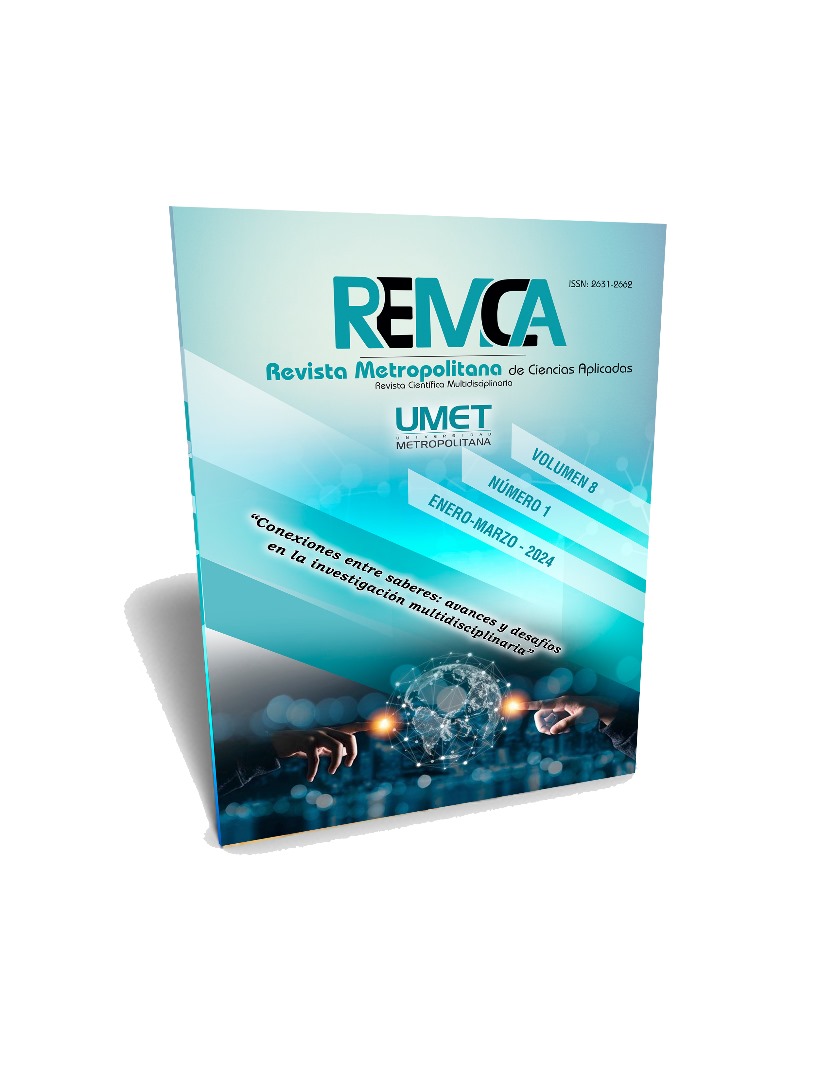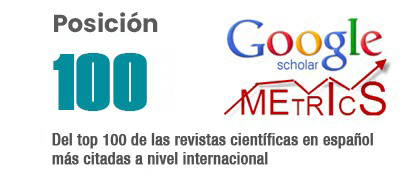The principle of the best interests of the child within the closed visitation regime imposed by the divorce decree in Ecuador
DOI:
https://doi.org/10.62452/ngr1nh70Keywords:
Best interest of the child, visiting schedule, Ecuadorian legislation, rights of children and adolescentsAbstract
This research evaluates the principle of the best interests of the child in the context of non-compliance with the closed visitation regime imposed by divorce decrees in Ecuador, aiming to enhance the comprehensive development of minors. A bibliographic review supports the historical-analytical and theoretical-legal methods employed. The study examines the compliance with visitation regimes by non-custodial parents and its impact on the parent-child relationship. It also assesses the existing legal mechanisms for ensuring compliance and their connection to the protection of minors' rights. The findings reveal legal gaps and the lack of effective tools to enforce visitation regimes, affecting the emotional and developmental well-being of children. Solutions are proposed to improve legislation and its practical application, ensuring the best interests of the child in the Ecuadorian context. These include clarifying procedures, establishing specialized judicial bodies, and promoting alternative dispute resolution methods.
Downloads
References
Ecuador. Asamblea Nacional Constituyente. (2008). Constitución de la República del Ecuador. Ministerio de Defensa del Ecuador. Registro Oficial 449. https://www.defensa.gob.ec/wp-content/uploads/downloads/2021/02/Constitucion-de-la-Republica-del-Ecuador_act_ene-2021.pdf
Ecuador. Congreso Nacional. (2003). Código de la Niñez y Adolescencia. Registro Oficial 737. https://www.igualdad.gob.ec/wp-content/uploads/downloads/2017/11/codigo_ninezyadolescencia.pdf
Ecuador. Congreso Nacional. (2014). Código de la Niñez y Adolescencia. https://www.registrocivil.gob.ec/wp-content/uploads/downloads/2014/01/este-es-06-C%C3%93DIGO-DE-LA-NI%C3%91EZ-Y-ADOLESCENCIA-Leyes-conexas.pdf
Guastavino, E. (2013). Derecho de familia patrimonial. Bibliográfica Omeba.
Howard, E. (2006). Garden Cities of To-Morrow. Mit Press.
Mendoza Sierra, N. E. (2022). La ausencia paterna y el estado emocional depresivo en los hijos. Estudios de casos y propuesta. : Journal of Science and Research: Revista Ciencia e Investigación, 7(1). https://dialnet.unirioja.es/descarga/articulo/8809113.pdf
Organización de las Naciones Unidas. (1948). Declaración Universal de los Derechos Humanos. https://www.un.org/es/about-us/universal-declaration-of-human-rights
Organización de las Naciones Unidas. (2013). Observatorio de la Infancia. https://www.observatoriodelainfancia.es/oia/esp/documentos_ficha.aspx?id=3990
Organización de las Naciones Unidas. (2024). Resoluciones aprobadas por la Asamblea General durante el 44° período de sesiones. https://www.un.org/es/documents/ag/res/44/list44.htm
Rea Granados, S. A. (2021). Aplicación del interés superior para el caso de niños, niñas y adolescentes no acompañados y solicitantes de asilo en México. Universidad de Chile.
Reneaum Panszi, T. (2022). La necesaria participación de niñas, niños y adolescentes en los mecanismos estatales de garantía de sus derechos. Revista Defensa y Justicia, 46, 6-10. http://www.defensayjusticia.gob.ec/wp-content/uploads/2022/07/Revista-46-1x1-1.pdf
Salazar, J. (2011). Guía para la actuación procesal de la Junta Cantonal protectora. (Trabajo de titulación). Pontificia Universidad Católica del Ecuador.
Tierra Bonilla, M. K. (2022). El Régimen de visitas cerrado y su incidencia en el derecho a la convivencia familiar. (Trabajo de titulación). Universidad Nacional de Chimborazo.
Downloads
Published
Issue
Section
License
Copyright (c) 2025 Cinthya Ximena Carrión-Pardo, Sócrates Lenin Farias-Zambrano, María José Alvear-Calderón, Orisel Hernández Aguilar (Autor/a)

This work is licensed under a Creative Commons Attribution-NonCommercial-ShareAlike 4.0 International License.
Authors who publish in Revista Metropolitana de Ciencias Aplicadas (REMCA), agree to the following terms:
1. Copyright
Authors retain unrestricted copyright to their work. Authors grant the journal the right of first publication. To this end, they assign the journal non-exclusive exploitation rights (reproduction, distribution, public communication, and transformation). Authors may enter into additional agreements for the non-exclusive distribution of the version of the work published in the journal, provided that acknowledgment of its initial publication in this journal is given.
© The authors.
2. License
The articles are published in the journal under the Creative Commons Attribution-NonCommercial-ShareAlike 4.0 International License (CC BY-NC-SA 4.0). The terms can be found at: https://creativecommons.org/licenses/by-nc-sa/4.0/deed.en
This license allows:
- Sharing: Copying and redistributing the material in any medium or format.
- Adapting: Remixing, transforming, and building upon the material.
Under the following terms:
- Attribution: You must give appropriate credit, provide a link to the license, and indicate if any changes were made. You may do this in any reasonable manner, but not in any way that suggests the licensor endorses or sponsors your use.
- NonCommercial: You may not use the material for commercial purposes.
- ShareAlike: If you remix, transform, or build upon the material, you must distribute your creation under the same license as the original work.
There are no additional restrictions. You may not apply legal terms or technological measures that legally restrict others from doing anything the license permits.




